Complete Solutions to Graphical Question of chapter ELASTICITY of Class 11 book with complete answers and questions
| Class 11 | PHYSICS |
| Chapter | ELASTICITY |
| ERRORLESS | Graphical Question |
| Number Of Questions | 19 |
| Academic Year | 2023-24 |
The graph shown was obtained from experimental measurements of the period of oscillations T for different masses M placed in the scale pan on the lower end of the spring balance. The most likely reason for the line not passing through the origin is that the
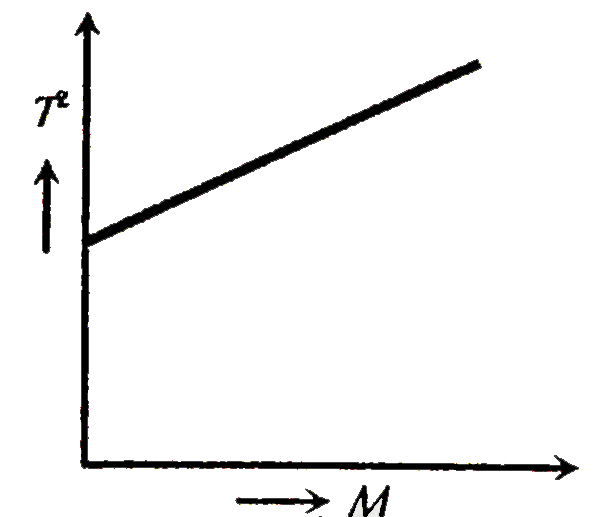 04:02View Solution
04:02View SolutionA graph is shown between stress and strain for a metal. The part in which Hooke's law holds good is
 02:43View Solution
02:43View SolutionIn the above graph, point B indicates.
01:08View SolutionIn the graph, point `D` indicates
 02:36View Solution
02:36View SolutionThe strain-stress curves of three wire of different materials are shown in the figure. P,Q and R are the elastic limits of the wires. The figures shows that
 02:03View Solution
02:03View Solution_S01_066_Q01.png)
The diagram shows a force extension graph for a rubber band, consider the following statements
(I). It will be easier to compress this rubber than expand it.
(II). Rubber does not return to its original length after it is stretched.
(III). The rubber band will get heated if it is stretched and released.
Which of these can deduced from the graph-
(a). III only
(b). II and III
(c). I and III
(d). I only04:58View SolutionThe stress versus strain graphs for wires of two materials A and B are as shown in the figure. If `Y_(A) and Y_(B)` are the younng's moduli of the materials, then
 01:33View Solution
01:33View SolutionThe load versus elongation graph for four wires of the same material is shown in the figure. The thickest wire is represented by
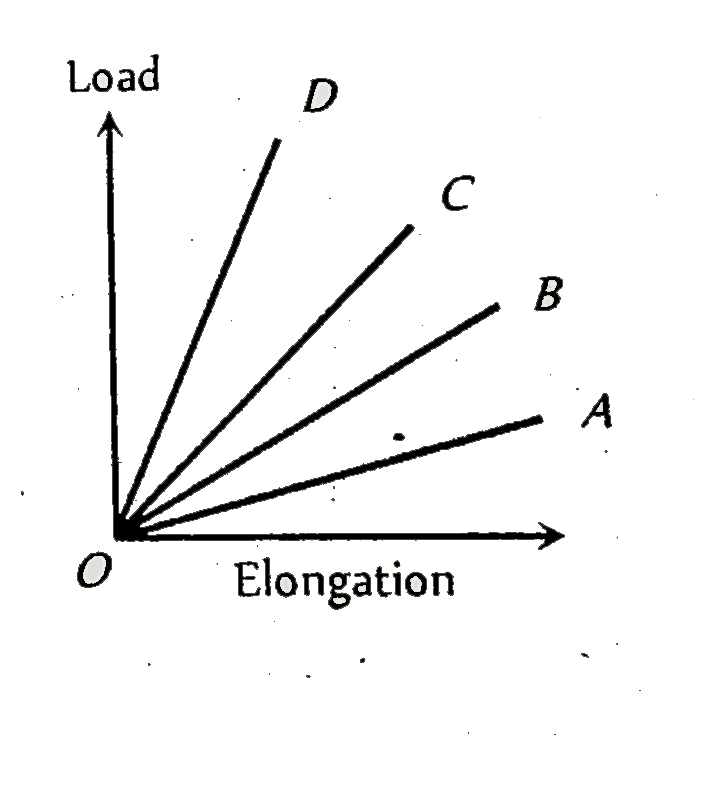 03:04View Solution
03:04View SolutionThe adjacent graph shows the estension `(Deltal)` of a wire of length 1m suspended from the top of a roof at one end and with a load W connected to the other end. If the cross-sectional area of the wire is `10^-6m^2`, calculate the Young's modulus of the material of the wire.
 02:06View Solution
02:06View SolutionThe diagram represents the applied force per unit area `(F)` with the strain `(X)` produced in a thin wire of uniform
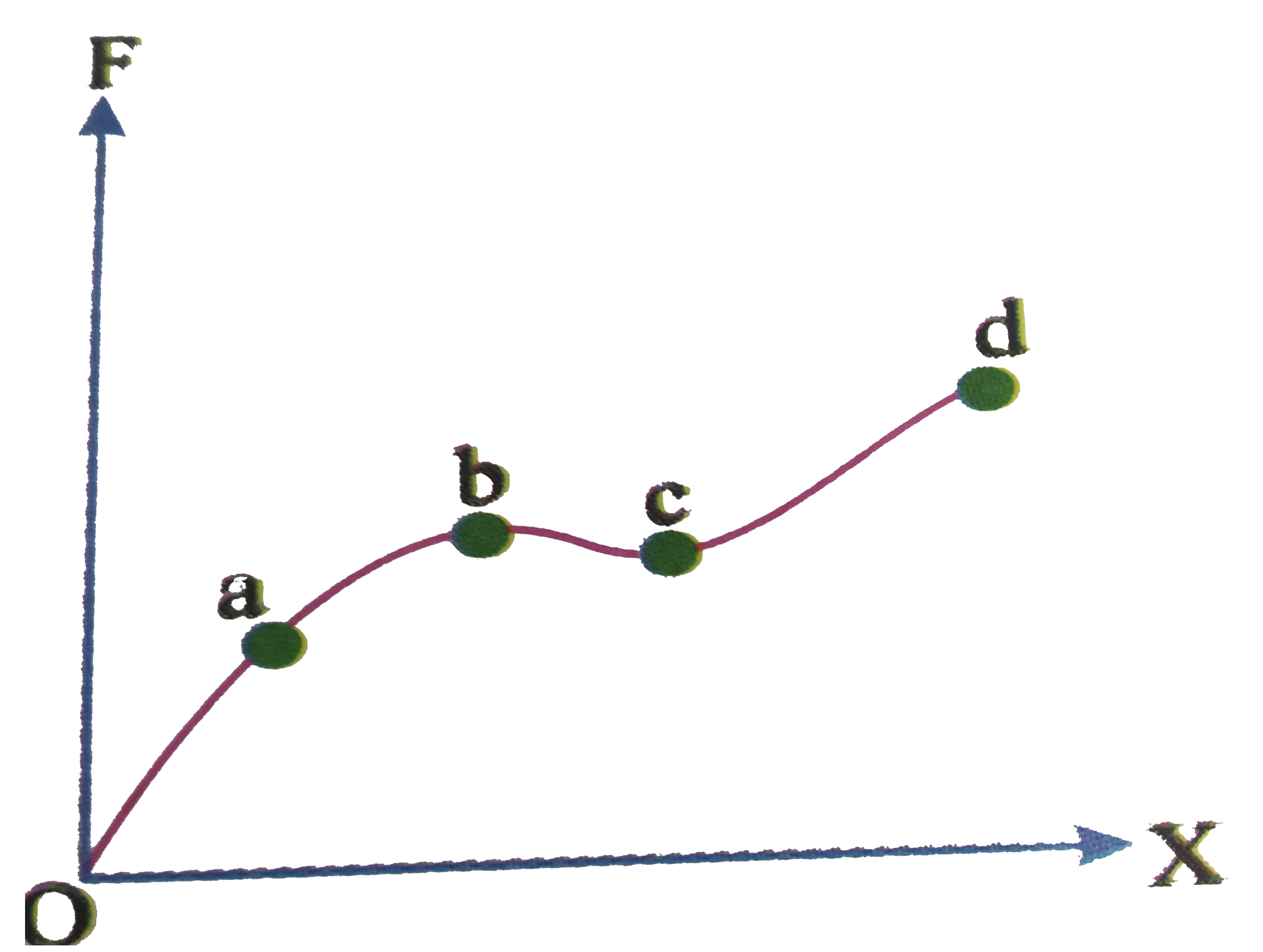
cross-section in the curve shown. The region in which the wire behaves like a viscous liquid is01:34View SolutionThe graph shows the behaviout of a length of wire in the region for which the substance obeys Hook's law. D and Q represent
 01:22View Solution
01:22View SolutionThe potential energy U between two molecules as a function of the distance X between them has been shown in the figure. The two molecules are
 01:20View Solution
01:20View SolutionThe valve of force constant between the applied the applied elastic force F and displacement will be
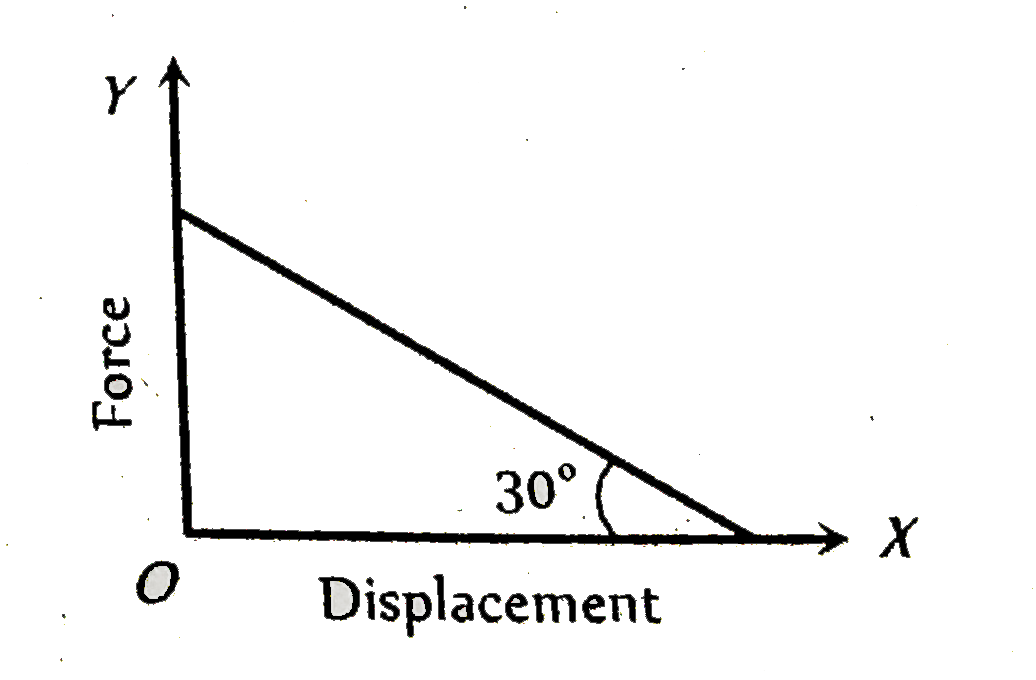 01:18View Solution
01:18View SolutionThe diagram shows stress v/s strain curve for the materials A and B. From the curves we infer that
 01:50View Solution
01:50View SolutionWhich one of the following is the Young's modulus (in N/m) for the wire having the stress-strain curve shown in the figure
 02:26View Solution
02:26View SolutionThe diagram shows the change x in the length of the uniform wire caused by the application of stres F at two different temperatures T and T. The variations shown suggest that
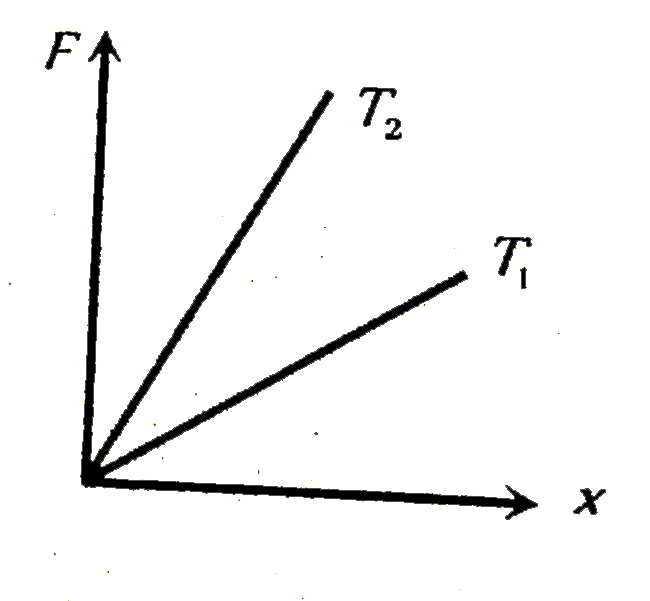 02:07View Solution
02:07View SolutionA student plots a graph from his reading on the determination of Young's modulus of a metal wire but forgets to label. The quantities on X and Y may be respectively.
 01:00View Solution
01:00View Solutionthe points of maximum and minimum attraction in the curve between potential energy (U) and distance (r) of a diatomic molecules aree respectively.
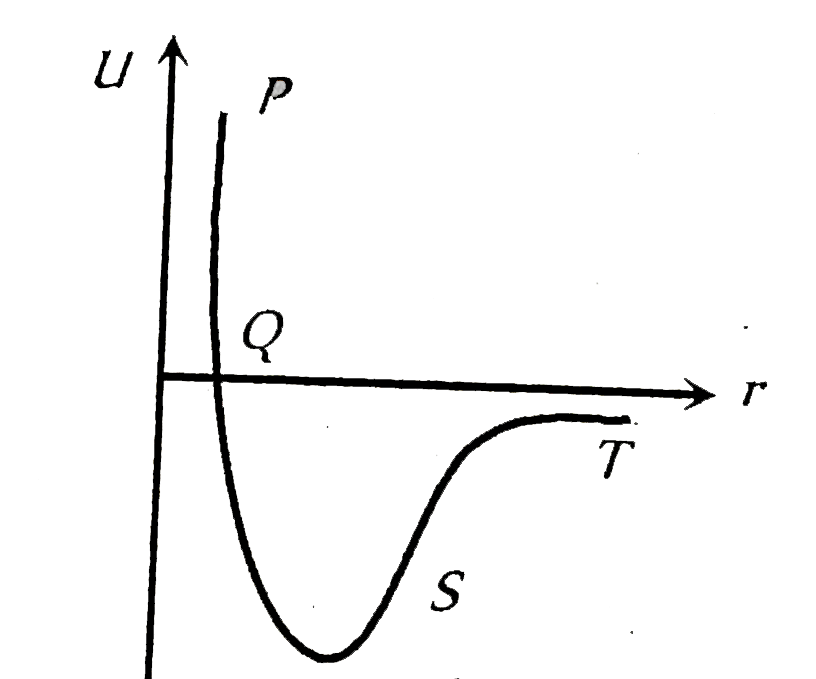 04:20View Solution
04:20View Solution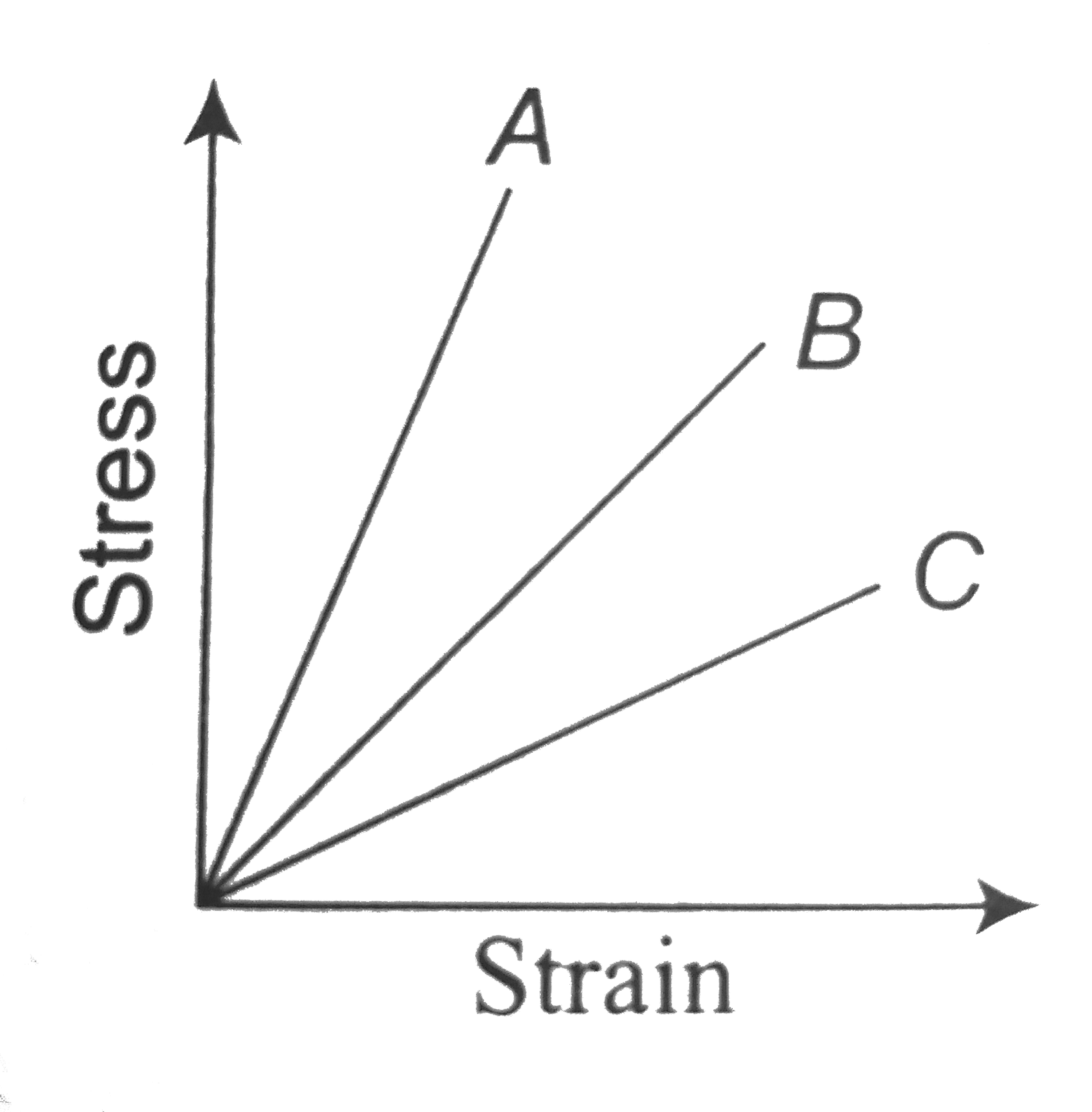
The stress strain curves for brass, steel and rubber are shown in the figure. The lines A, B and C are for01:14View Solution
Graphical Question questions and complete solutions for chapter ELASTICITY of UNIVERSAL BOOK DEPOT 1960 PHYSICS (HINGLISH) of Class 11
